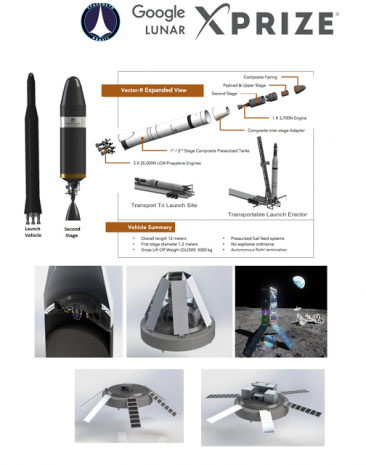
Breaking News
 BACKWARD ROLLING CONFIRMED: 1,624 Contracts Just Demanded Delivery NOW ($100 Silver is Inevitable)
BACKWARD ROLLING CONFIRMED: 1,624 Contracts Just Demanded Delivery NOW ($100 Silver is Inevitable)
SEMI-NEWS/SEMI-SATIRE: January 11, 2026 Edition
 "Appalling": Debanking Explodes To Record High In Britain
"Appalling": Debanking Explodes To Record High In Britain
 MTG explodes in astonishing f-bomb laden tirade as Trump orders Secret Service probe:
MTG explodes in astonishing f-bomb laden tirade as Trump orders Secret Service probe:
Top Tech News
 World's most powerful hypergravity machine is 1,900X stronger than Earth
World's most powerful hypergravity machine is 1,900X stronger than Earth
 New battery idea gets lots of power out of unusual sulfur chemistry
New battery idea gets lots of power out of unusual sulfur chemistry
 Anti-Aging Drug Regrows Knee Cartilage in Major Breakthrough That Could End Knee Replacements
Anti-Aging Drug Regrows Knee Cartilage in Major Breakthrough That Could End Knee Replacements
 Scientists say recent advances in Quantum Entanglement...
Scientists say recent advances in Quantum Entanglement...
 Solid-State Batteries Are In 'Trailblazer' Mode. What's Holding Them Up?
Solid-State Batteries Are In 'Trailblazer' Mode. What's Holding Them Up?
 US Farmers Began Using Chemical Fertilizer After WW2. Comfrey Is a Natural Super Fertilizer
US Farmers Began Using Chemical Fertilizer After WW2. Comfrey Is a Natural Super Fertilizer
 Kawasaki's four-legged robot-horse vehicle is going into production
Kawasaki's four-legged robot-horse vehicle is going into production
 The First Production All-Solid-State Battery Is Here, And It Promises 5-Minute Charging
The First Production All-Solid-State Battery Is Here, And It Promises 5-Minute Charging
 See inside the tech-topia cities billionaires are betting big on developing...
See inside the tech-topia cities billionaires are betting big on developing...
Lunar Xprize landings are targeted for 2017

Although science was never the primary driver for the prize, the organizers encourage it through a number of bonus prizes. But some of the teams in contention are planning to do some science on their own initiative—or by carrying a paid-for payload. As the prize reaches a major milestone this month—narrowing down from 16 contenders to the handful that have booked a launch before the end of 2017
Astrobotic was selected to compete for three of the Milestone Prizes: the Landing Prize, the Mobility Prize, and the Imaging Prize. They aim to deliver affordable space robotics technology and missions for a new era of planetary exploration, science, tourism, resource utilization and mining. The company was established in 2008 as a spin-off from the Carnegie Mellon University Robotics Institute. The team's lander has a mass of more than half a metric ton and is about the size of a small SUV. It will release a rover about the size of a go-cart. The team's rover will explore a lunar skylight thought to be an entrance to a subsurface cave network.

 Storage doesn't get much cheaper than this
Storage doesn't get much cheaper than this

